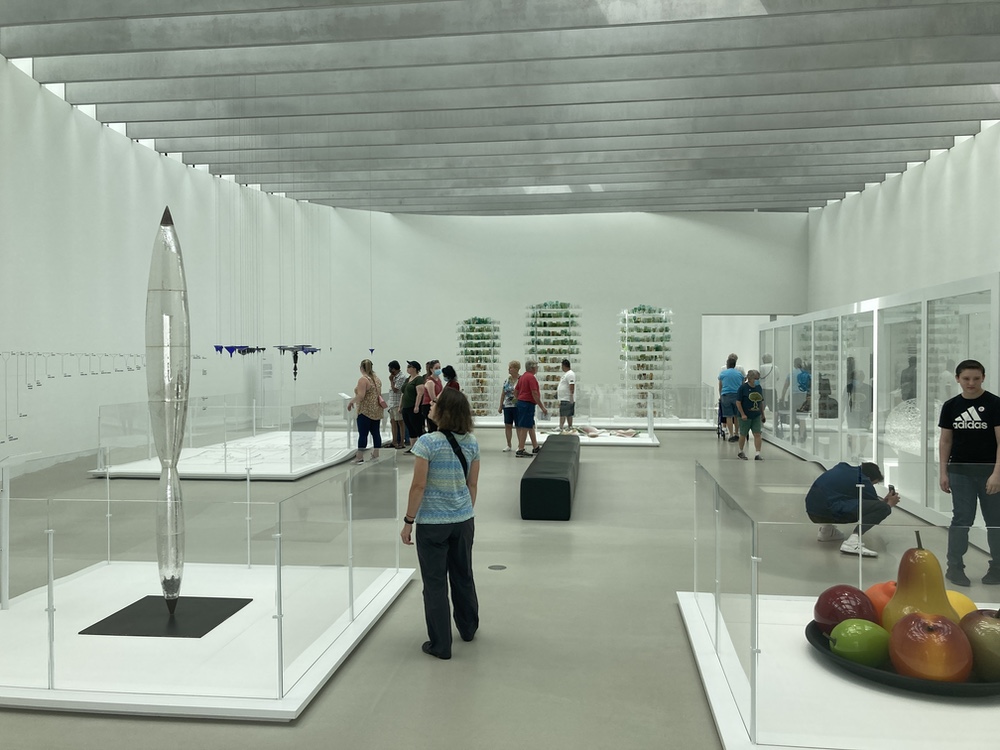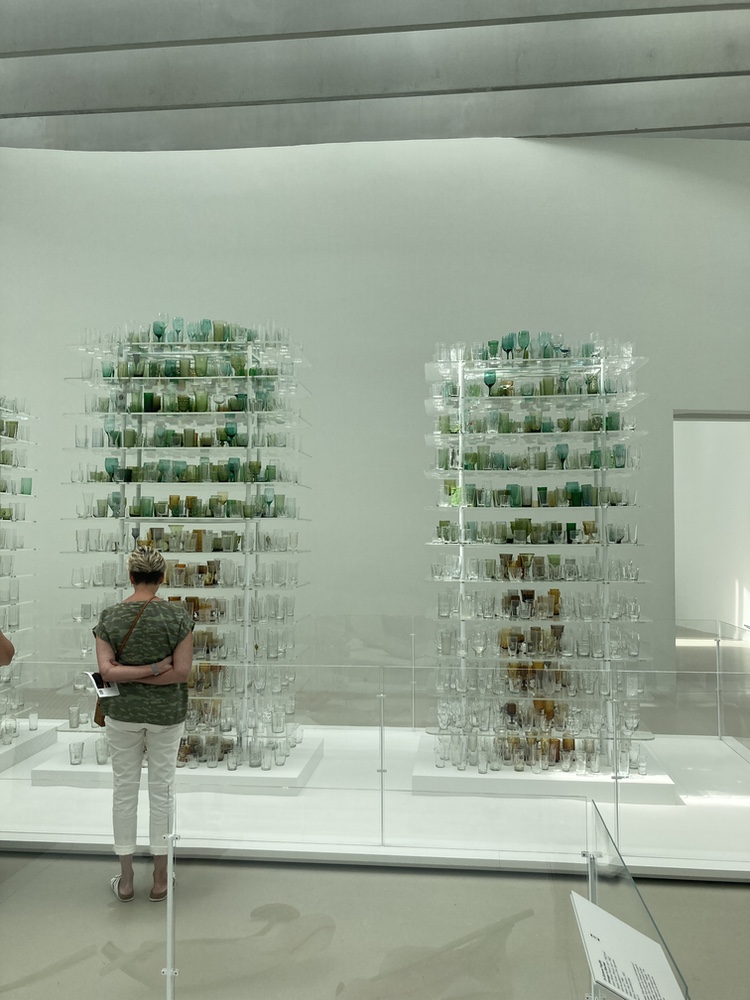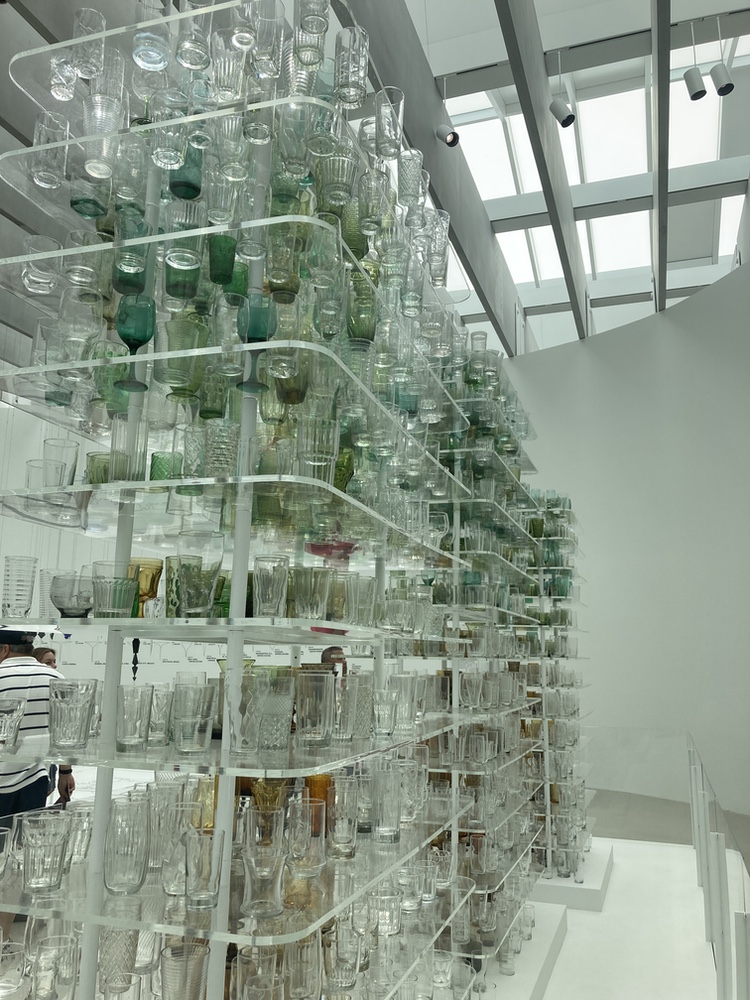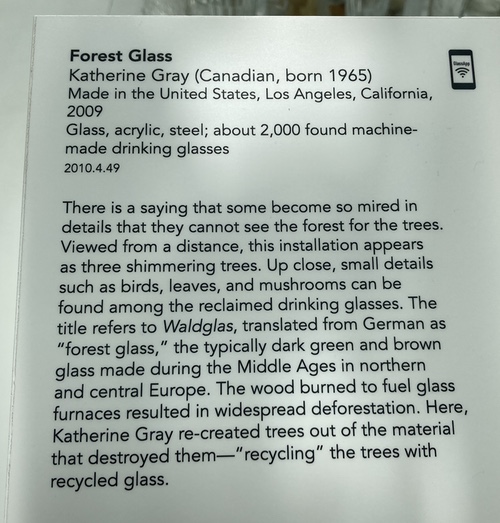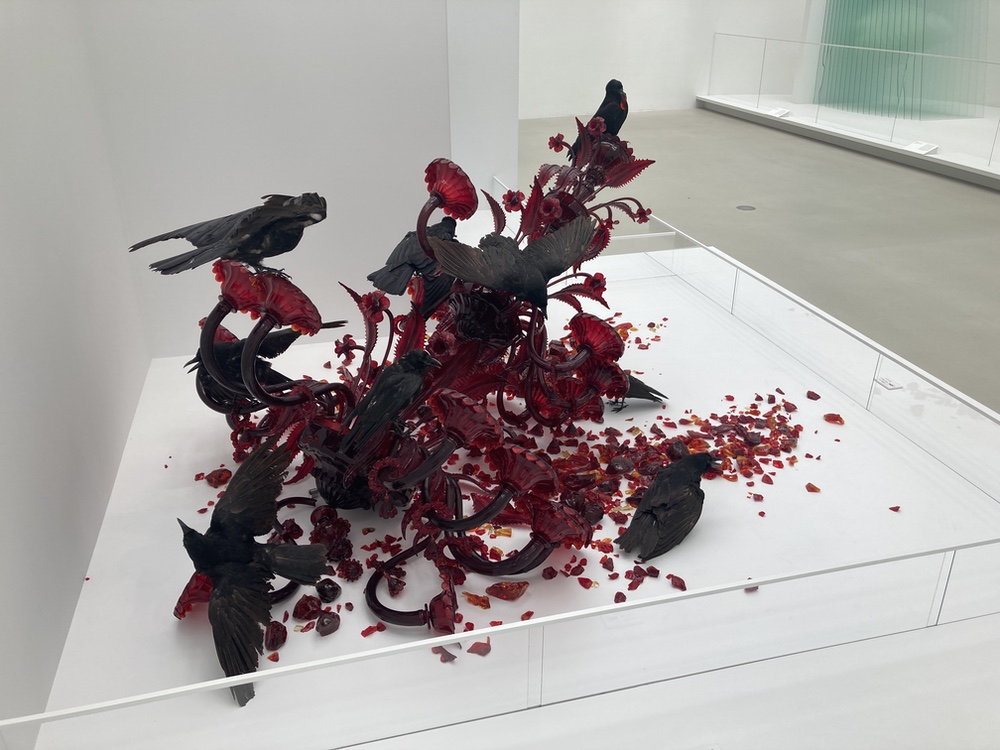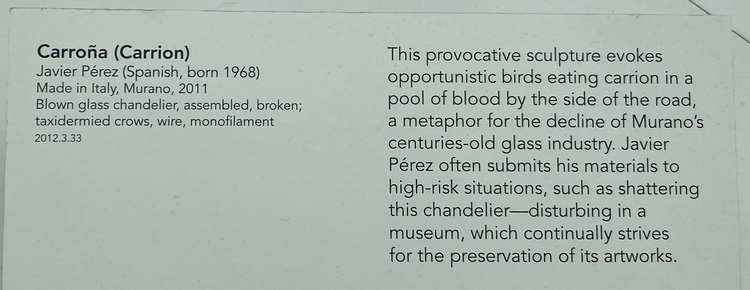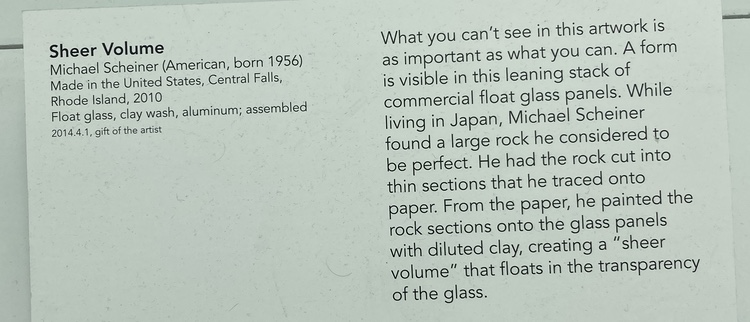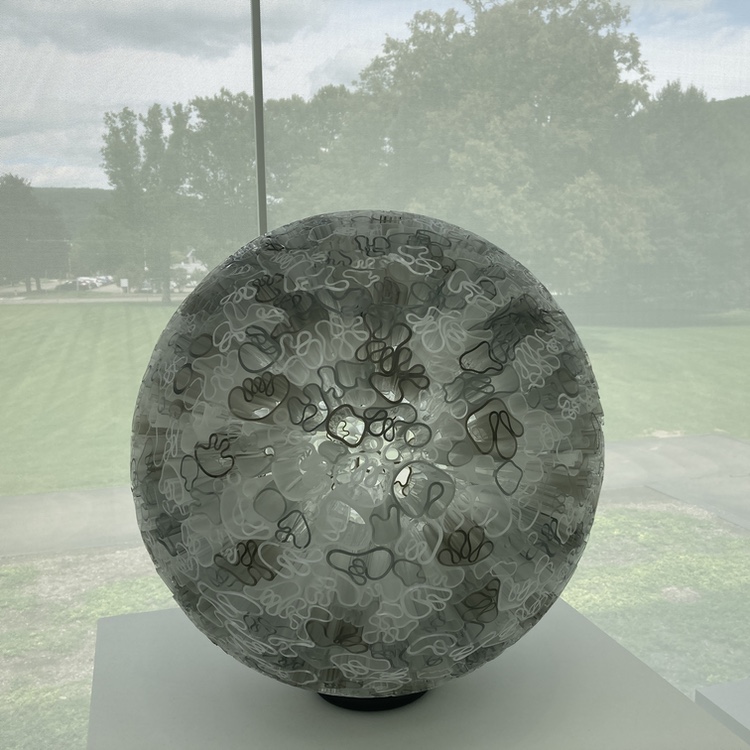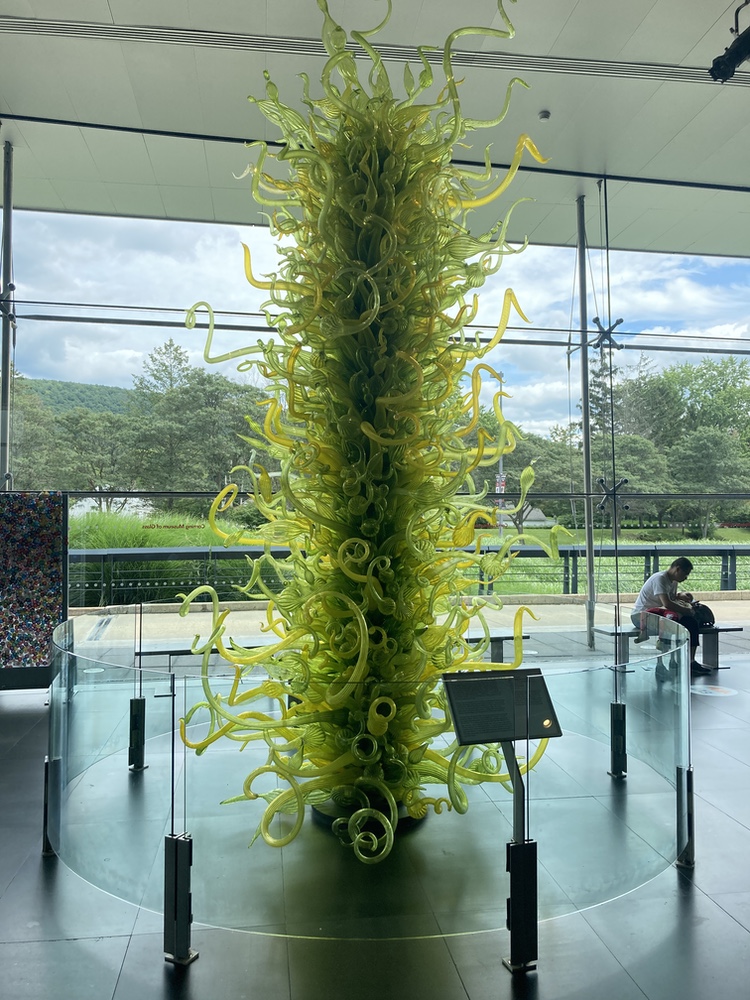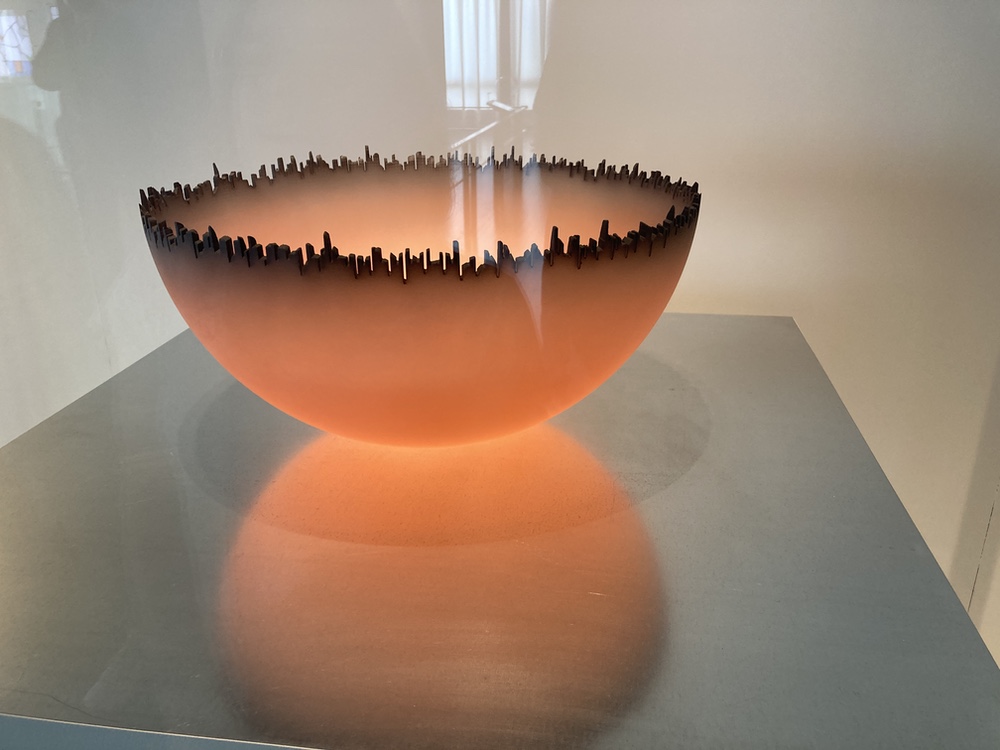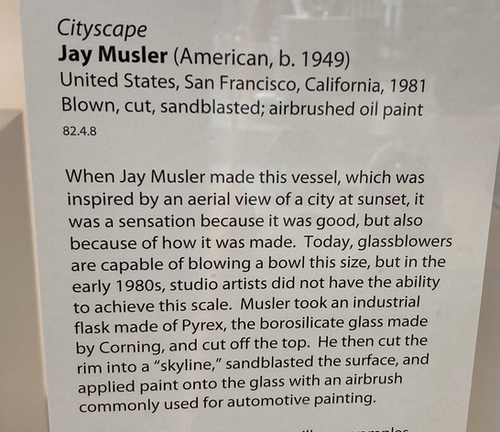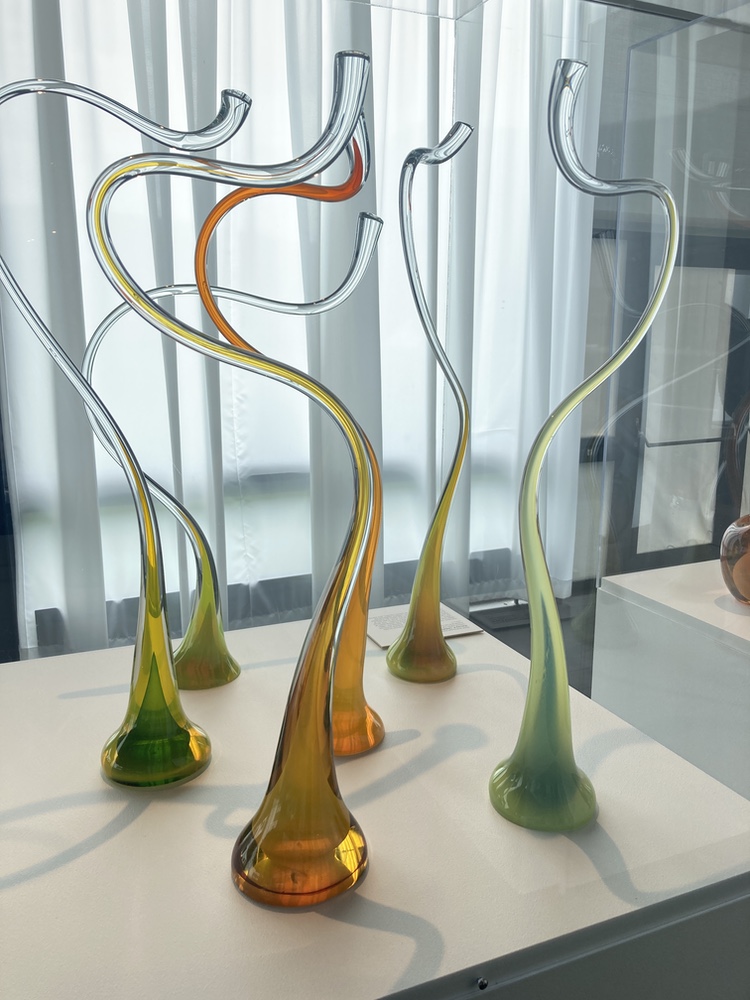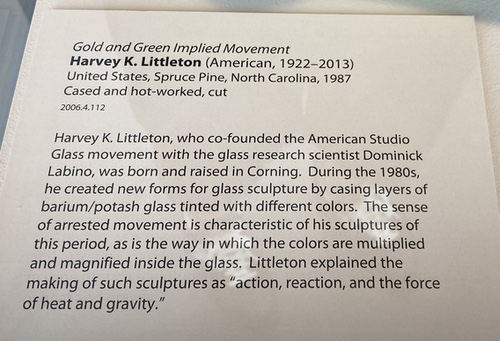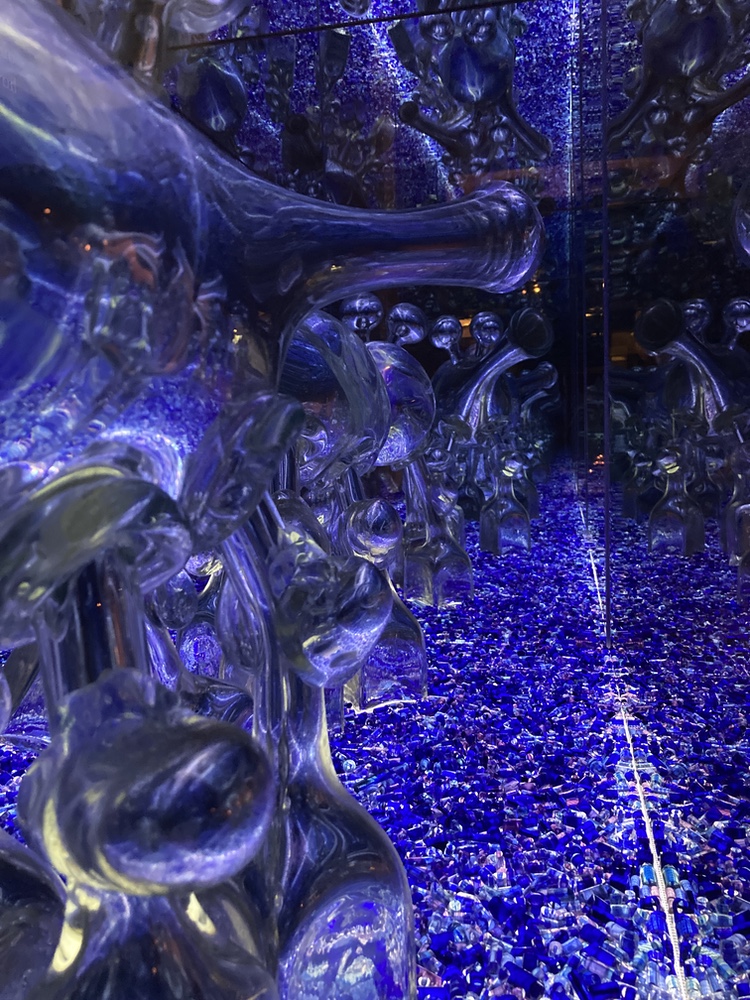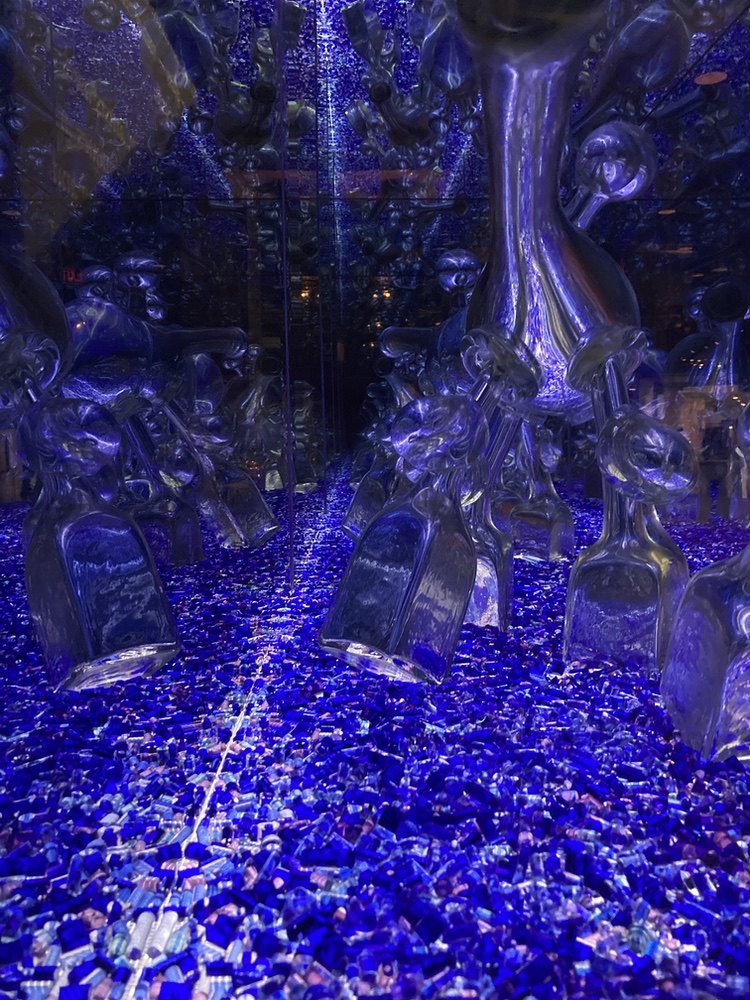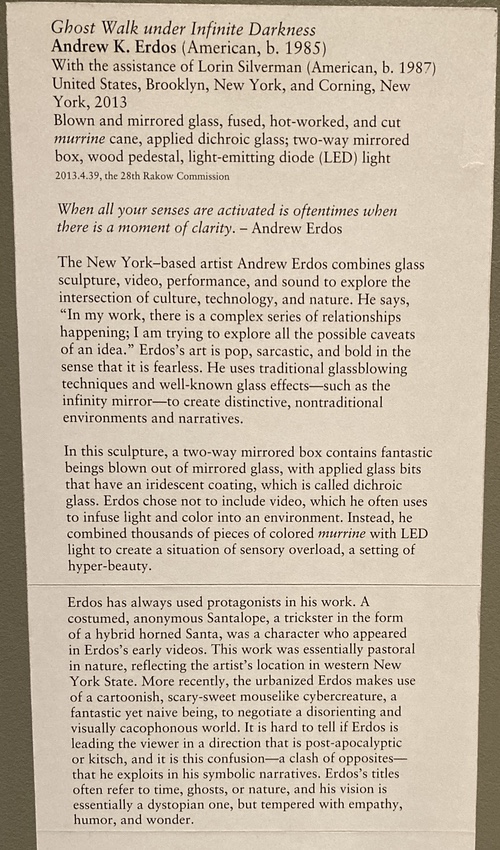How does persistence shape the creative and personal processes involved in podcasting?
Audio’s timeless richness offers a counterpoint to the overwhelming world of visual media.
Every time I finish an episode I step right back into my little recording booth and think, ‘What’s next?’ It sort of builds that cycle back up again. So that’s been a really positive experience.
~ Bruce Devereux (2:18)
The conversation explores the role of persistence in podcasting, reflecting on its significance in sustaining creative momentum and overcoming challenges. The discussion highlights the iterative process of producing episodes, where the cycle of finishing one and immediately conceptualizing the next becomes an energizing force. Persistence is seen not only as a key to podcasting success but also as a framework for managing the broader challenges of creative work.
Additionally, the conversation goes into the distinction between audio and visual storytelling, emphasizing audio’s unique ability to engage listeners in an immersive, focused experience. Bruce contrasts the richness of audio with the ubiquity of visual content, advocating for simplicity in both podcast production and lifestyle. Themes of managing creative thoughts, balancing personal input with guest presence, and crafting meaningful soundscapes also emerge, painting a holistic picture of the podcasting journey.
Takeaways
Persistence as a foundation — Sustains creative momentum and fuels the iterative cycle of podcast production.
Audio’s unique appeal — Offers a deeply immersive experience compared to the saturation of visual media.
Balancing personal and guest input — Reflects the challenge of deciding how much of oneself to include in creative work.
Creative simplicity — Minimalist approaches enhance focus and manage mental overload during the process.
Nature as a refuge — Provides a means to reset and manage the mental demands of production.
Crafting sound environments — Focuses on creating immersive and engaging audio spaces for listeners.
Resources
HowSound Podcast — A show exploring the craft of audio storytelling and production.
Transom.org — A resource hub for audio producers and storytellers.
Audio Playground — A creative audio prompt-based project for honing production skills.
Hindenburg — Audio editing software mentioned as a tool for podcast production.
David Attenborough’s work — Recognized for its inspiring narrative style and immersive production quality.
(Written with help from Chat-GPT.)
ɕ
